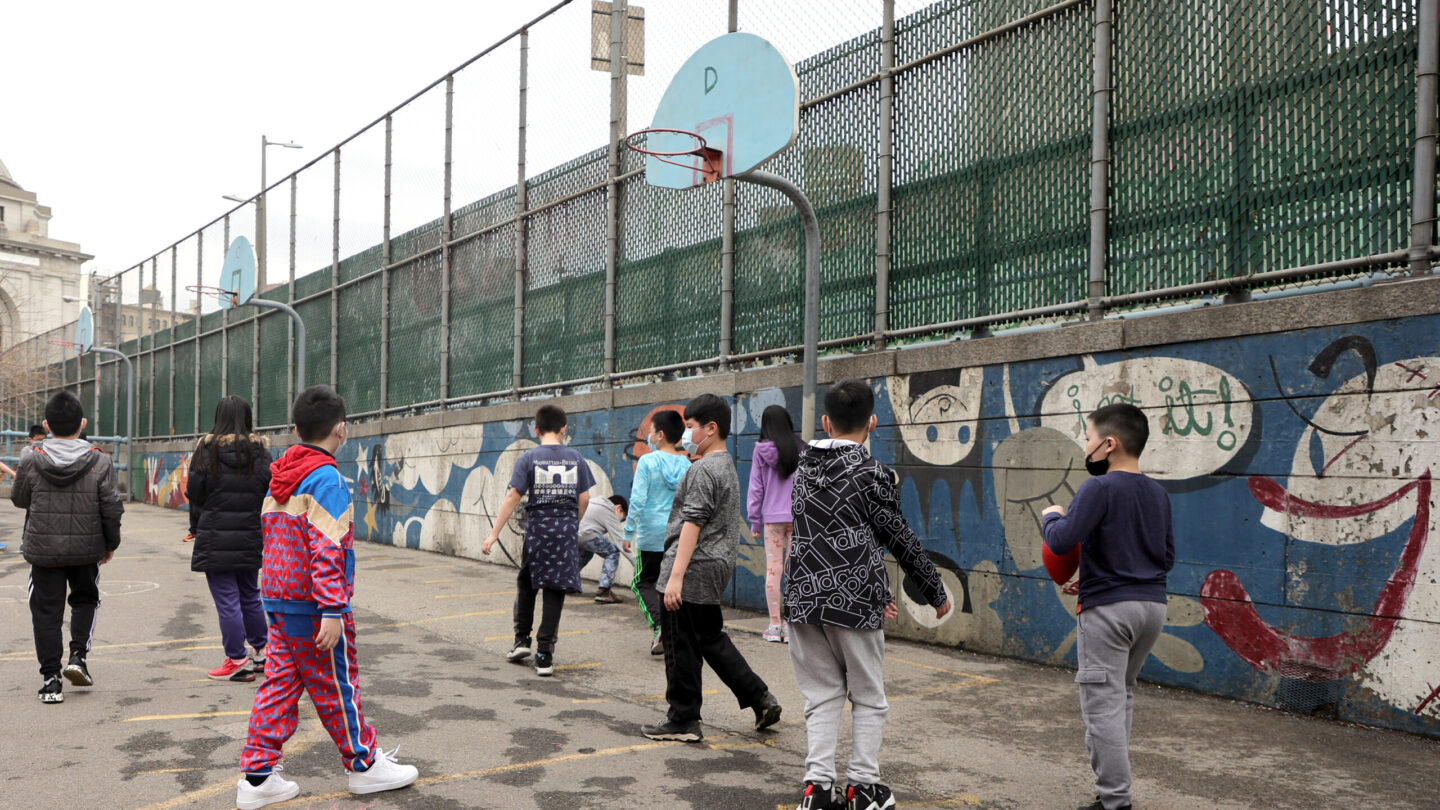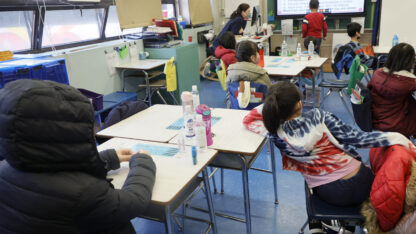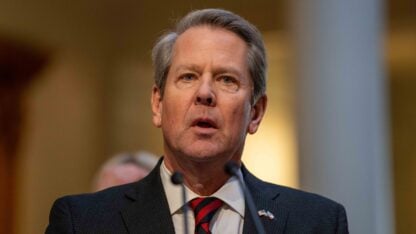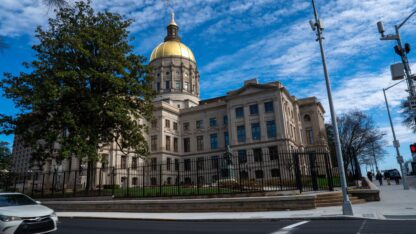Two years ago this month, schools closed their doors in 185 countries. According to UNESCO, roughly 9 out of 10 schoolchildren worldwide were out of school. It would soon be the biggest, longest interruption in schooling since formal education became the norm in wealthier countries in the late 19th century.
At the time, I spoke with several experts in the field of research known as “education in emergencies.” They gave their predictions for the long-term implications of school closures in the United States based on the research on previous school interruptions caused by war, refugee crises, natural disasters and previous epidemics.
Two years on, schools are open and masks are coming off in most places, restoring a feeling of normalcy.
So, how have these predictions played out? Let’s take a look.
Prediction: Student learning will suffer. Vulnerable and marginalized students will be most affected.
Verdict: TRUE
In the United States, compared with wealthy countries in Western Europe and East Asia, schools were typically closed longer. A majority of Black, Hispanic and Asian students stayed remote through early 2021. In the fall of 2020, enrollment dropped, driven by families who sat out pre-K and kindergarten.
All the data we have to date shows students falling behind where they would have been without the interruption. As predicted, these gaps are consistently bigger for low-income, Black and Latino children. This study from November found these gaps were bigger at schools that had less in-person learning in the 2020-2021 school year.
Some of the latest research focuses on students learning to read. One recent study in Virginia found early reading skills at a 20-year low this past fall.
In New Orleans after Hurricane Katrina in 2005, schools were closed for a few months, and student learning recovered to its previous trajectory after two full school years – and then improved from there. Post-COVID recovery could take even longer.
Prediction: A spike in the high school dropout rate and a fall in college enrollment.
Verdict: MOSTLY TRUE
For the class of 2020, districts relaxed graduation requirements, and students graduated in similar or even improved numbers compared with previous years. For 2021, it was a different story. Data is incomplete, but Chalkbeat reported recently that high school graduation rates were trending down in most states for which they had data. And district superintendents have told NPR they are missing older students who have traded schooling for paid work.
Federal data, meanwhile, show college enrollment is down more than 1 million students over the past two years. This is an international phenomenon that could reduce earnings around the world by a total of $17 trillion if not addressed, the UN predicts.
Prediction: Children are at risk for toxic stress when schools close.
Verdict: TRUE
Schools provide food, safety, relationships, stability and hope for most children around the world. Conversely, school closures tend to take place in the context of massive social upheaval. The pandemic was no exception. At least 175,000 children were bereaved or orphaned in the U.S.
School and child-care closures drove mothers out of the workforce, increasing stress on them and creating economic uncertainty for children. Government assistance, such as the expanded child tax credit and school meals, has been inconsistent.
U.S. Surgeon General Vivek Murthy and the nation’s pediatricians are calling youth mental health a “crisis” and an “emergency.” In October 2021, teachers told pollsters that children’s mental health was their top concern. Eighty percent of parents in a more recent poll are worried about their own kids’ well-being.
As a bright spot, now that things are reopening, 97% of schools in a federal survey say they are taking new steps to support student well-being.
Prediction: School systems are sometimes entirely remade.
Verdict: Jury’s still out.
Crisis can bring reinvention. In New Orleans, after Katrina in 2005, public schools were entirely replaced with a controversial “portfolio district” of charter schools. School performance improved as measured by test scores, but by the time of the COVID shutdown, the city still ranked below the state average . Puerto Rico, after Hurricane Maria in 2017, passed a law reorganizing the school system and creating charters and voucher programs. Serious learning interruptions and impacts have continued.
In 2022, in the United States, we’re hearing a lot more about recovery than reform. But an apparent spike in home-schooling combined with a persistent downturn in enrollment in big-city school districts could indicate parents searching for alternatives – or creating them.
Copyright 2022 NPR. To see more, visit https://www.npr.org.
9(MDAxODM0MDY4MDEyMTY4NDA3MzI3YjkzMw004))

9(MDAxODM0MDY4MDEyMTY4NDA3MzI3YjkzMw004))








